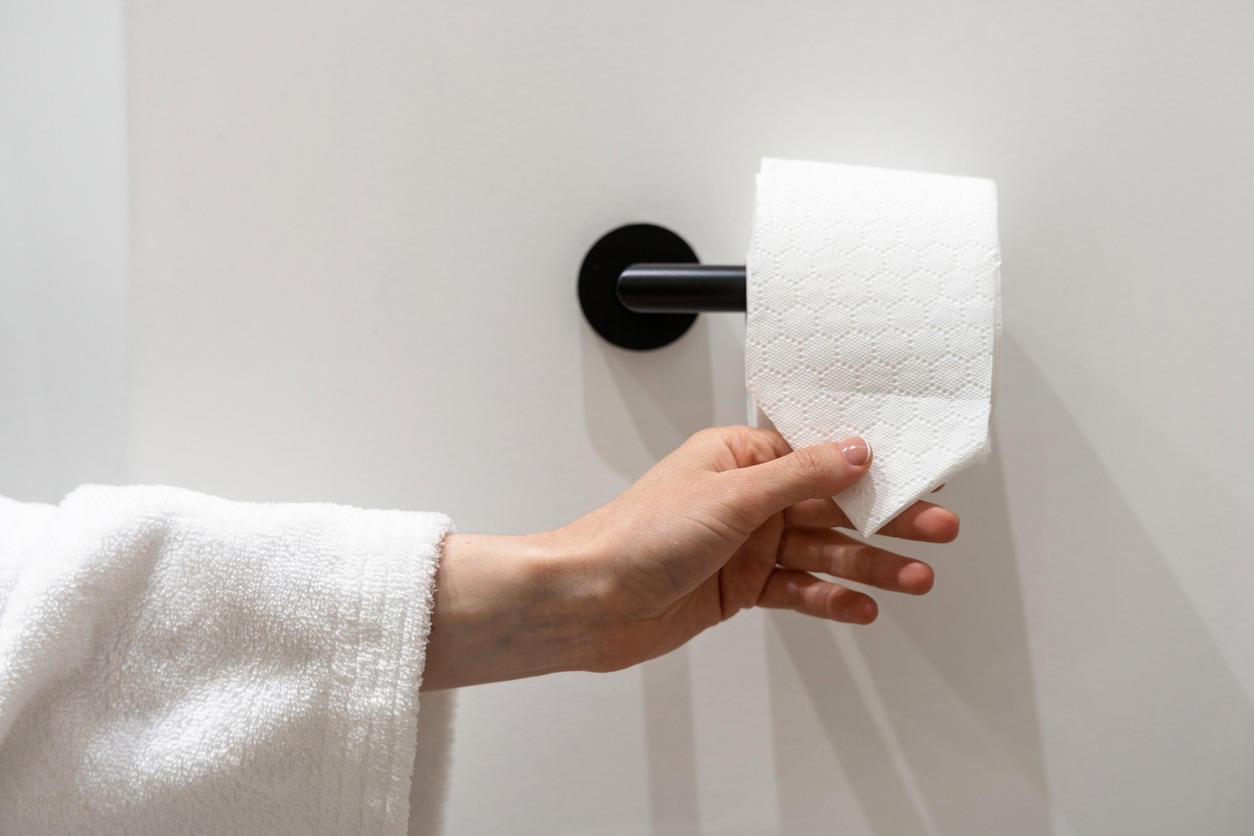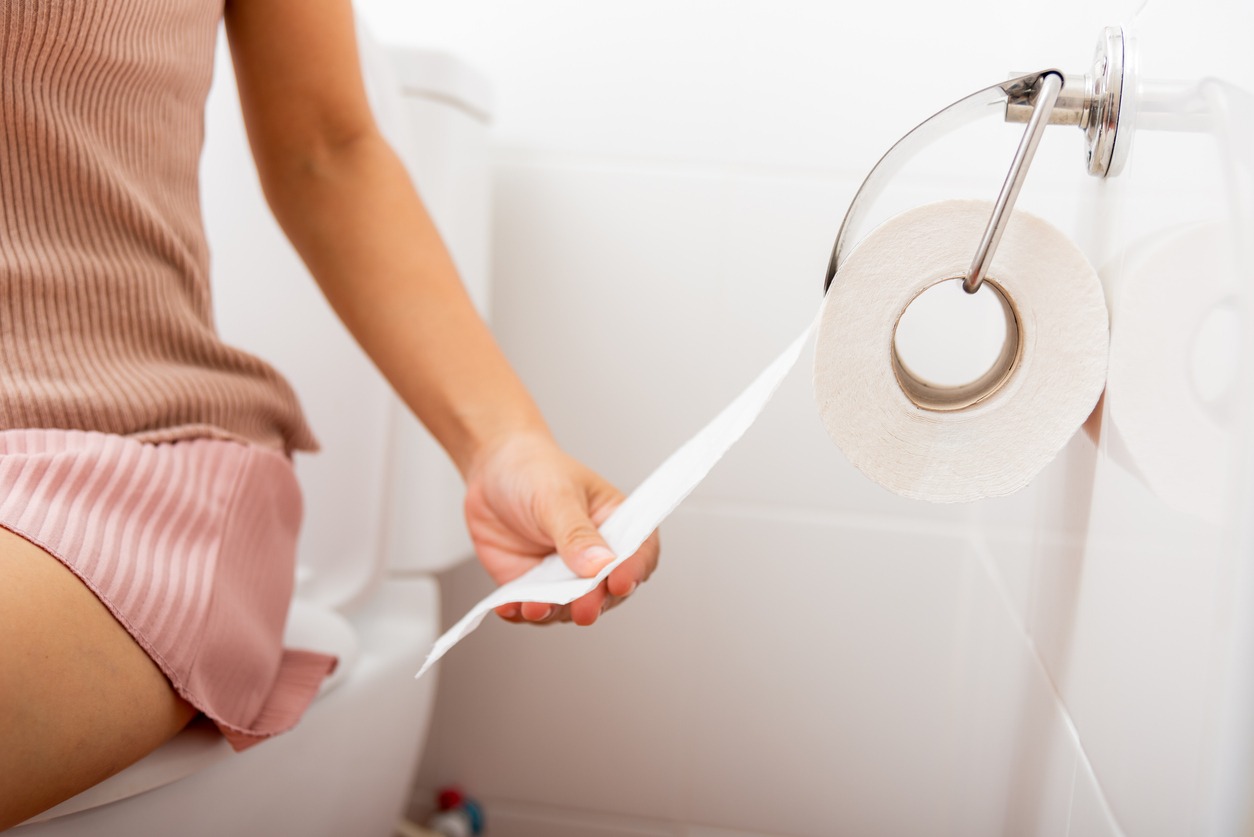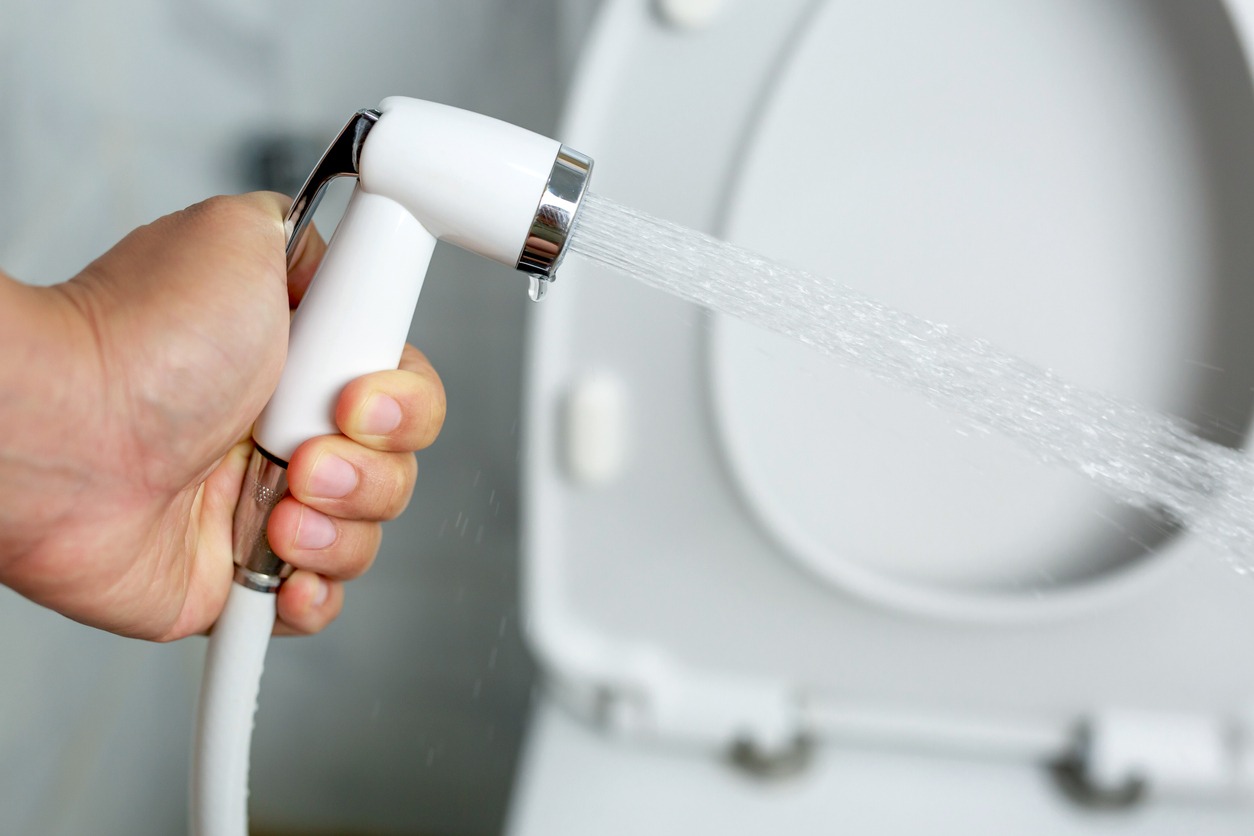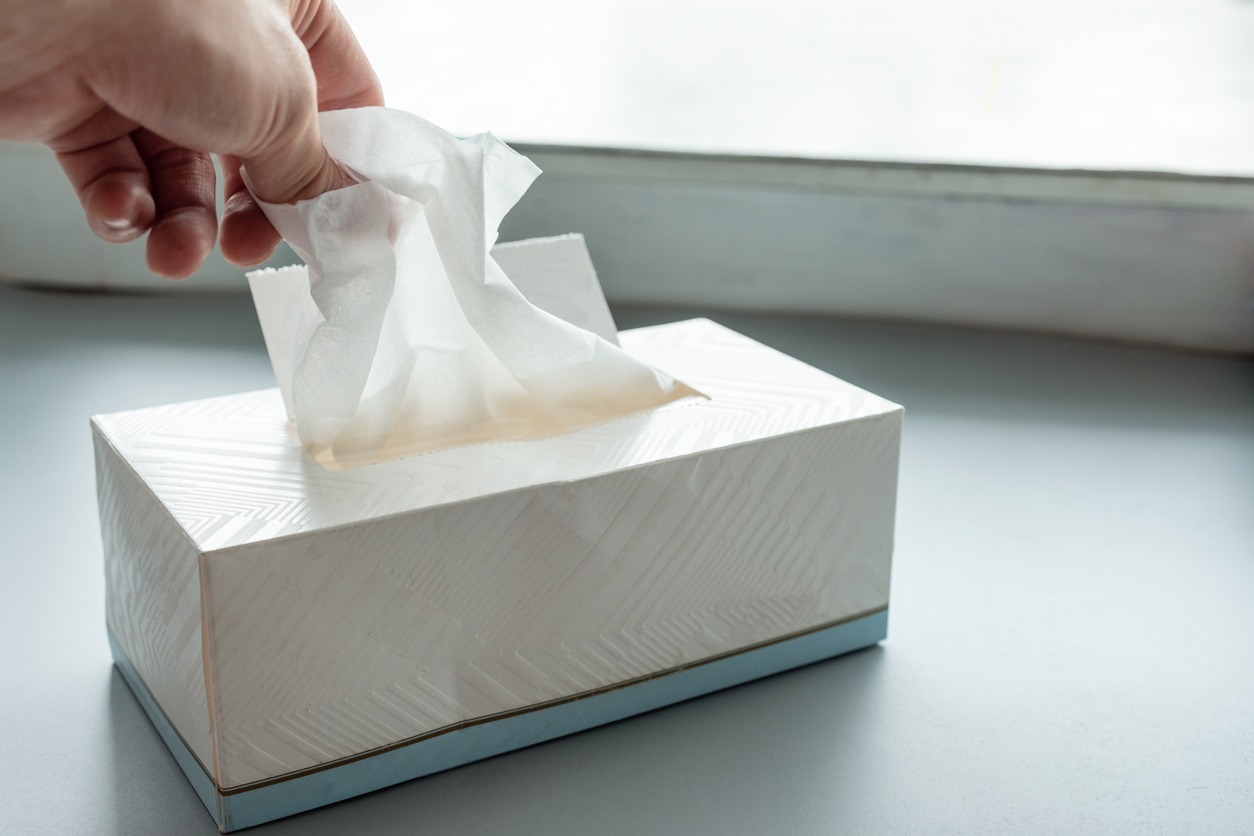Even though it is an extremely rare occurrence, there have been times when toilet paper has been completely sold out in retail locations and even online. But you might find yourself in a survival situation where toilet paper isn’t available.
Even though the modern version of toilet paper was not invented until the late 1800s, it is still considered one of the most essential items that the majority of people purchase. When people go shopping, it is not unusual for them to come home with at least one package. As a result, the fact that a variety of alternatives can be used may come as a surprise to you if there is no commercial toilet paper available.
Toilet Paper Alternatives in the Past
Joseph Gayetty was the one who first developed the modern form of toilet paper in the United States in the year 1857. How did people clean their hands before the invention of toilet paper?
The Romans gave their citizens a stick with a sponge already attached to it, which they could use in public lavatories. After each use, it was put into a bucket containing brine or saltwater and allowed to sit there.
An ancient Jewish practice involved wearing a small bag on one’s person that contained smooth edges of broken pottery, dried grass, or pebbles. The wool from unwanted sheep was used by the Vikings. During the summer months, Eskimos would use tundra moss; during the winter, they would use handfuls of snow.
Corn cobs were the primary form of written communication in Colonial America until newspapers became widespread. The proper cleansing device known as the bidet, which was invented in France, is still quite popular today.
Substitutes for Toilet Paper
It wasn’t until the last couple of hundred years that toilet paper was invented, and even today, there are still regions of the world where people don’t use it. Therefore, if no toilet paper is available, the following are some obvious and not-so-obvious alternatives for cleaning yourself.
1. Bidet
Installing a bidet in your bathroom is the most obvious choice to make if you’re looking for an alternative to using toilet paper. Bidet attachments and bidet toilet seats can be purchased at any hardware store or on Amazon.com. On the other hand, this won’t help you at all if you can’t get to a store that might have one or if you try to buy it online and it’s out of stock. However, if you have access to a bidet, you might find yourself changing your mind. When most people finally get one, they swear by it even though it takes a little bit of getting used to how it works.
2. Disposable Wipes
In recent years, flushable wipes have gained some popularity, even though they have several undesirable side effects. Even though they can be flushed down the toilet according to the instructions on the packaging, they are not very environmentally friendly, particularly when a large number of people use them. Because of this, sewage backups occur, which is something that no one wants to happen. Use flushable wipes only when necessary, and then securely dispose of them in the trash can.
3. Child Wipes
If you find yourself in a bind and happen to have some baby wipes lying around, you can put them to good use by cleaning up grown-up bottoms in the same effective manner that they clean baby bottoms. On the other hand, if there is a shortage of toilet paper, you shouldn’t go out and buy baby wipes because it’s highly likely that a lot of other people will do the same thing, and this could take the wipes away from parents who need them for their children. Additionally, you cannot flush baby wipes down the toilet.
4. Take a Shower to Rinse
You always have the option to clean yourself in the shower if you don’t have any toilet paper left and you need to go to the bathroom. Be certain that nothing has become embedded on your legs and that all of the particles have been flushed down the drain. If you decide to go with this alternative, you should also scrub and disinfect the shower before you use it.
5. Any Other Paper from Any Source
Napkins, tissues, paper towels, and other types of paper can be used as a substitute for toilet paper. Even paper bags from the supermarket can be used for this purpose. If you are concerned that these other types of paper will be too rough, you can always wet them in the sink before using them to soften them up a little bit.
Just a friendly reminder that paper that is not intended for use in toilets cannot be flushed. You should keep a trash bag specifically for this waste next to your toilet and empty it every day. This trash bag should only be used for alternatives to disposable toilet paper that cannot be flushed.
Newspapers, phone books, coffee filters, and even notebook paper are some of the things that can be repurposed and put to use. Before you use it, you can make it more manageable by crumpling the paper or soaking it in water from the sink.
6. Sponge
This method can be traced back to antiquity; in Ancient Rome, for example, sponges were utilized instead of toilet paper to clean the bathroom. Now, sanitation is of utmost importance in this approach. Because sponges quickly acquire dirt and bacteria, you should begin with a clean, brand-new sponge. ideally, one that does not have a rough scrubbing top.
After you have finished using the sponge to clean yourself, disinfect it by soaking it in water that has been diluted with bleach or boiling water for five minutes, then allowing it to thoroughly dry before using it again.
7. Cloth
If there is a shortage of toilet paper, the “family cloth” is a reliable and time-tested component of off-grid homesteads that should be kept on hand. When making a family cloth, you can choose to make use of a variety of dish towels, face towels, or even clean t-shirt rags. Put together a pile of separate cloths, and then use each one only once before tossing it in a hamper or trash can that has been tightly sealed.
Wash it in a separate load from the rest of the laundry. People who have septic systems that are susceptible to becoming clogged due to the presence of paper towels and tissues should give serious consideration to selecting this alternative.
8. Tissue Paper and Paper Towels
Towels made of paper and tissues made of paper are probably the most similar alternatives to traditional toilet paper, and to tell you the truth, you may have already thought about using them. You shouldn’t flush paper towels or tissues after using them, even if you decide to switch these paper products for your regular toilet paper.
This is important information to keep in mind if you make this decision. Even though these paper products have a similar feel to toilet paper, the fibers in them do not decompose in the same way, which means they can cause clogs in plumbing and septic systems. Instead, you should toss used tissues and paper towels in a garbage can with a lid that is lined with a garbage bag or a plastic grocery bag that is the appropriate size for the trash. Once they are full, dispose of them along with the rest of the garbage.
9. Cardboard Toilet Paper Rolls
Don’t throw away those cardboard rolls of toilet paper or paper towels, for that matter. Keep them for future use. Remove the layers of the roll one by one until you have sufficient material to wipe with. Before you use it, give it a quick dunk in the sink and give it a light soaking to make it more comfortable. Again, cardboard wipes that have been used should be thrown away to avoid clogging your drain pipes.
10. Portable Bidet
When you are going to be away from home for an extended period, it is a good idea to pack some cleansing bottles, also known as Peri Bottles. To clean the posterior region, you first fill the bottle with water and then squeeze it to remove the water in a manner analogous to a bidet. After giving birth, many women find that using toilet paper is too uncomfortable for them to use, so they switch to using cleansing bottles instead.
11. Spray Bottle
It is possible to use a spray bottle of water in a manner that is analogous to how you may use a cleaning bottle. In my opinion, the effectiveness of the bottle of cleaner is directly proportional to the amount of water that it sprays out. On the other hand, you might have no choice but to make use of the options at your disposal.
12. Socks
They can be recycled and put to use as an alternative to toilet paper in the event of a catastrophe. If you have some old socks that are getting worn out, you should wash them and put them in containers that are labeled so that they are ready to be used. When your supply of toilet paper runs out, you might find that they come in very handy. Depending on your needs and availability, you have the option of either washing the socks and reusing them or simply throwing them away.
13. Leaves
The large, green leaves of plants can be used as an effective substitute for toilet paper. Leaves from plants that have the potential to irritate the skin, such as poison ivy, poison oak, or poison sumac, should not be used under any circumstances. Steer clear of leaves that have pointed edges. If you want to keep wiping, you should go find some leaves outside and bring them in. It appears to be something that campers and backpackers do all the time. Make sure you are familiar with the species of the plant you are about to wipe on your bottom before you do so.
14. Washcloths or Rags
You can keep rags made from old t-shirts, towels, or any other soft cloth by the toilet, after which you can wash them (even with bleach, if you want), dry them, and then reuse them. If the comparison sounds strange, think of them as being the same as cloth diapers. If you use a pail that is designed for cloth diapers in between washes, you can cut down on odors. It is a good idea for each person living in a household to have his or her color that is only used by that person. This reduces the likelihood that germs will be spread from one person to another.
15. Hands
If you are out of toilet paper and in a pinch, you are free to use your hand to clean yourself; however, afterward, you should thoroughly wash your hand with soap and water to remove any remaining germs.
Standard Cleaning Procedures for Reusable Toilet Paper Alternative
No matter which option you go with for reusable cloth toilet paper, you need to make sure that the clothes are properly cleaned and sterilized. The risk of contracting a disease from feces is quite high because the substance itself is highly contaminated. In the event of a catastrophe, the last thing you want is for yourself or anyone else to become ill. Include a potent antiseptic in the wash, such as chlorine bleach or vinegar, for optimal cleanliness.
Be sure to give yourself at least half an hour of exposure time in the water before attempting to kill the animals. If there is no disinfectant available, you should place the reusable toilet paper on a clothesline so that it can be sterilized by the sun’s ultraviolet rays. UV light has the potential to be an effective disinfectant. And be sure and plan ahead for disaster and survival situations on how you will do your duty and clean up afterwards.
The optimal solution for the toilet paper needs of many households is a mix of different alternatives. Some individuals will make their decision based on several factors, including their preferences, the price, the degree to which it is available, and the function that it will serve. Experiment with a variety of different approaches to find out which one yields the best results.



